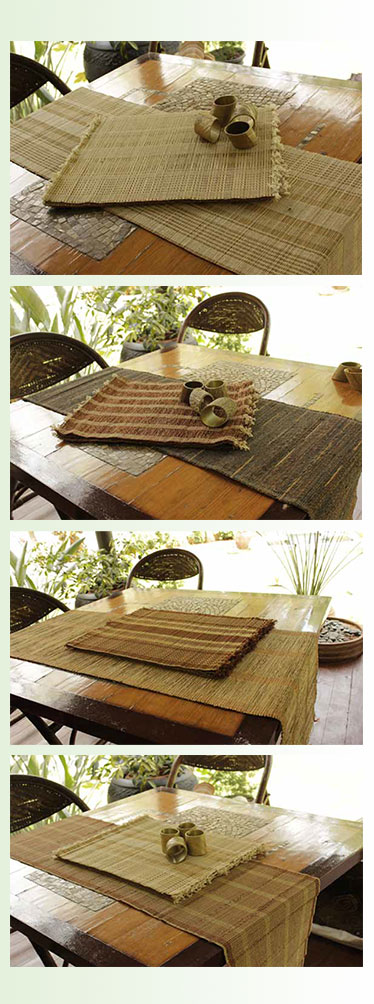Fiber
-
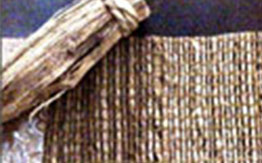
Banana Fibre
Banana cultivated primarily for the fruit is becoming quiet popular for its other uses as well. Native to the tropical southern belt of India it’s a source of livelihood to many farming communities. The fibre is extracted from the pseudo stem, which dies after producing a single bunch of bananas. The fibres are then sliced and twisted together in to strands that are woven in to textiles for interior use. It can be dyed in to various colours.
-
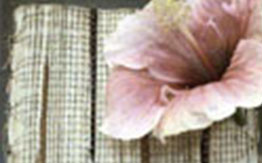
Hibiscus fibre
Hibiscus grown mainly for its large, conspicuous, trumpet-shaped flowers is native to warm temperate, subtropical and tropical regions of India. Used primarily for landscaping there are more than 250 varieties of hibiscus. The bio-mass cultivated from this is used in fields for its fibre is used as green manure. Many times it is also used for cordage. The fibres are shiny and fine and look very glamorous when woven into textiles. They can be coloured to deep lustrous shades.
-
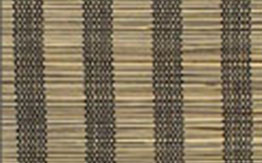
Korai grass
These belong to the hedge/reed family grown in swamps. Native largely to the Karur district of Tamil Nadu it Produces clumps of long stems, 1 to 3 feet normally, but up to 5 feet in excellent conditions; these are crowned with long, slender, radiating, dark green leaves like an umbrella. The fibres are long and split to various thickness With good structure and tensile strength korai is used for making varied utilitarian products.
-
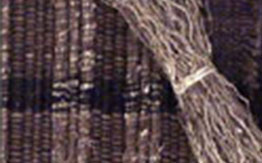
Khus roots
Khus grass commonly known as vettiver (derived from tamil) in parts of Europe, the plant is used for soil binding. It has a fragrant root system, which is used to extract fragrant oil for cosmetics and perfumes. We weave this root in to textiles for interior use like placemats, runners, blinds etc. With a reputation of being an erotic perfume when dampened it is used as fans to simultaneously move and scent the air. It has tendency to shed, which stops after all the protruding fibres have shed.
-
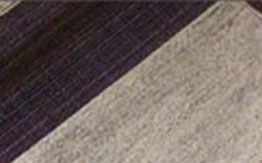
Jute
Commonly known as the Golden fibre for its golden and silky shine procured from the baste or skin of the plant's stem. Like the hibiscus fibre it is also used for open manuring. It has high tensile strength, low extensibility, and ensures better breath ability of fabrics making it one of the most versatile natural fibres. The fibres are smooth and lustrous and can be spun reasonably fine. It can be blended with other fibres and dyed to various colours.
-
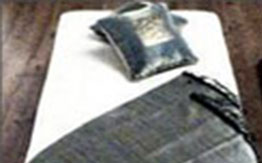
Ahimsa Silk
A non-violent, eco-friendly and sustainable way of producing silk, Ahimsa silk does away with brutal practices in silk production without compromising on the quality of the silk and the productivity of operations. Ahimsa Peace silk is extracted from the cocoons of wild and semi-wild silk moths native to tribal areas of Himachal Pradesh and Uttarranchal. The silk is extracted from the cocoon only after the silk moth has been deliberately allowed to escape. The silk yarn is hand woven in to a soft, lustrous chubby yarn. It is hand woven into stoles, shawls, throws, rugs and other furnishings. It dyes very well with natural colorants.
